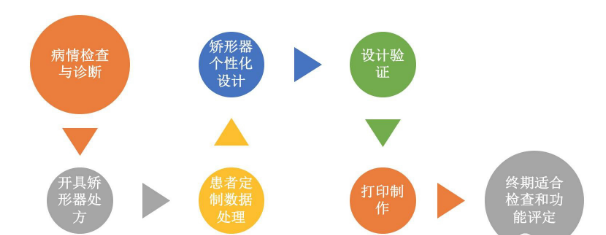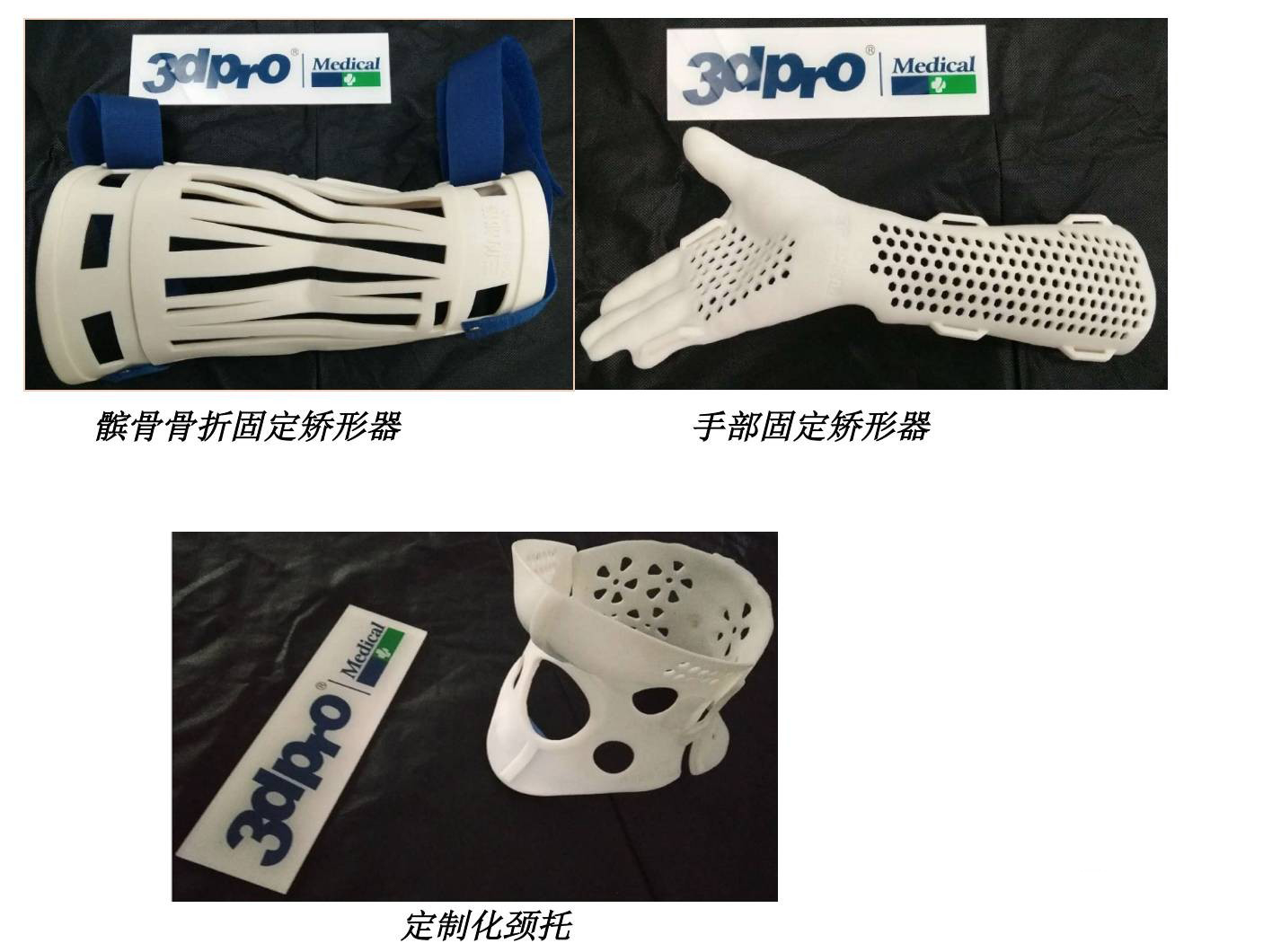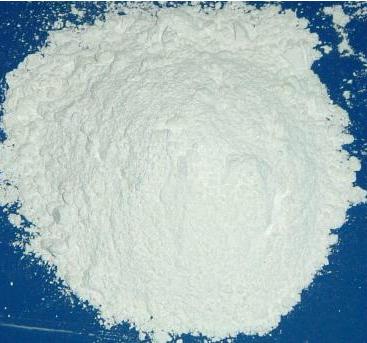The orthosis is based on the biomechanics of the human body, acting on the limbs or trunk of the human body to protect the stability of the limbs; preventing and correcting limb malformations; and treating extracorporeal devices for bone and joint, nerve and muscle diseases and functional compensation. Modern rehabilitation medicine has regarded orthopedic technology as one of the four major rehabilitation techniques that are as important as physical therapy, occupational therapy, and language therapy. It is used in the late stage of surgery for people with stroke, brain trauma, and bone tumors. recovery treatment. The emergence of 3D printing orthosis can make the orthosis play the most important role, so that patients have a more comfortable and convenient experience. Orthosis classification According to the classification of treatment sites: upper limb orthosis, lower limb orthosis and spinal orthosis Classified by treatment stage: temporary orthosis, therapeutic orthosis and functional compensatory orthosis Classified by treatment purpose: fixed orthosis, active orthosis, orthotics and free-loading orthoses Classified by main production materials: plaster orthosis, plastic orthoses, metal orthoses, leather orthoses, etc. Clinical application Bone and joint damage First aid scene: resetting and fixing the damaged part Early onset: maintain bone physiology on the line, maintain joint function; reduce exudation, promote edema absorption Recovery period: maintain joint mobility; promote recovery of limb function deformity Malformation does not occur: prevent malformation Malformation may occur: control, delay the development of deformity Malformation has not occurred: reducing or correcting deformities Central nervous system (cerebrovascular accident, brain trauma) Acute phase: maintains limb function; protects hand grip Menstrual period: continuous stretching, reducing muscle tension; reducing pain caused by muscle spasm Recovery period: auxiliary function activities; control of deformity development burn Early: Maintain limb rest, relieve pain; protect pressure-free parts and promote wound healing After wound healing: pressure treatment to prevent scar hyperplasia; correction due to scar contracture
Product Name: Zirconium Oxchloride
Classification: Other Inorganic Salts
CAS No.: 7699-43-6
Other Names: Dichlorooxozirconium
MF: ZrOCl2.8H2O
EINECS No.:231-717-9
Grade Standard: Industrial Grade, Agriculture Grade.
Purity: 36% Min
Appearance: White or light yellow needles
Specification:
ZrO2+HfO2(min)
36%
35%
SiO2(max)
0.003%
0.003%
Fe2O3(max)
0.0015%
0.001%
Na2O(max)
0.003%
0.003%
TiO2(max)
0.0005%
0.0005%
Packing
25kg or 1000kg net in woven plastic bag with inner double plastic bags or packed as specified by the client.
Zr(Hf)O2
Fe2O3
SiO2
Na2O
TiO2
≥36.0
≤0.0002
≤0.0010
≤0.0005
≤0.0003
≥35.5
≤0.0002
≤0.0010
≤0.0005
≤0.0005
≥35.5
≤0.0002
≤0.0020
≤0.0005
≤0.0005
≥36.0
≤0.0010
≤0.0030
≤0.0010
≤0.0010
≥35.5
≤0.0010
≤0.0030
≤0.0010
≤0.0010
≥35.0
≤0.0015
≤0.0050
≤0.0030
≤0.0015
Package and Storage for Zirconium Oxchloride :
25kg or 1000kg net in woven plastic bag with inner double plastic bags or packed as the requirements of clients.
(1).To be protected from moist and prevent getting in touch with general metals in storehouse
(2).To make sure that the container does not leak, collapse, fall, or damage during transportation.Prevent heat, rain, sun exposure during transportation.Prohibit mixed loading and mixed transportation with oxidizing agent.
Zirconium Oxychloride, Cl2OZR, ZOC, ZROCL2.8H2O Shandong Tiancheng Chemical Co., Ltd. , https://www.tianchengchemical.com


Customized 3D printing orthosis for more accurate medical procedures
Packaging & Shipping